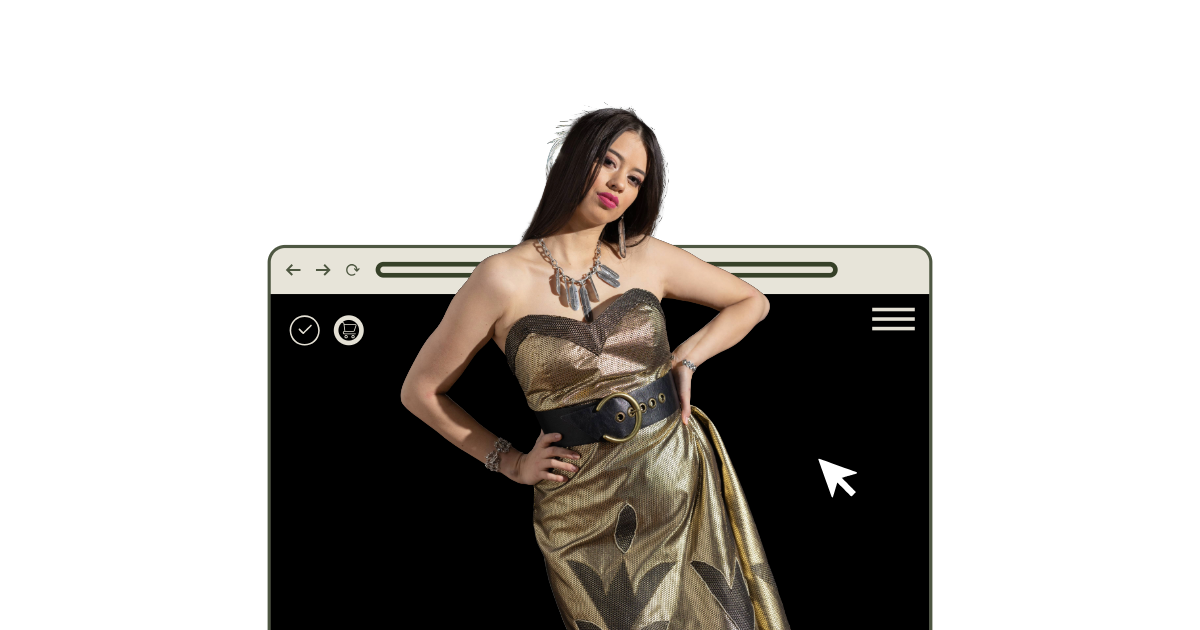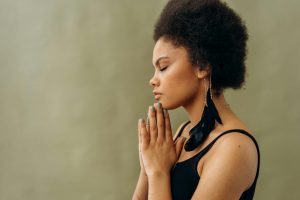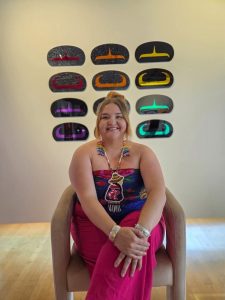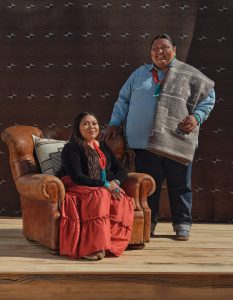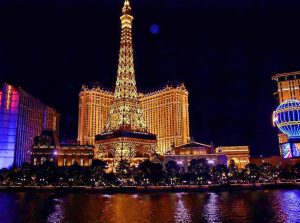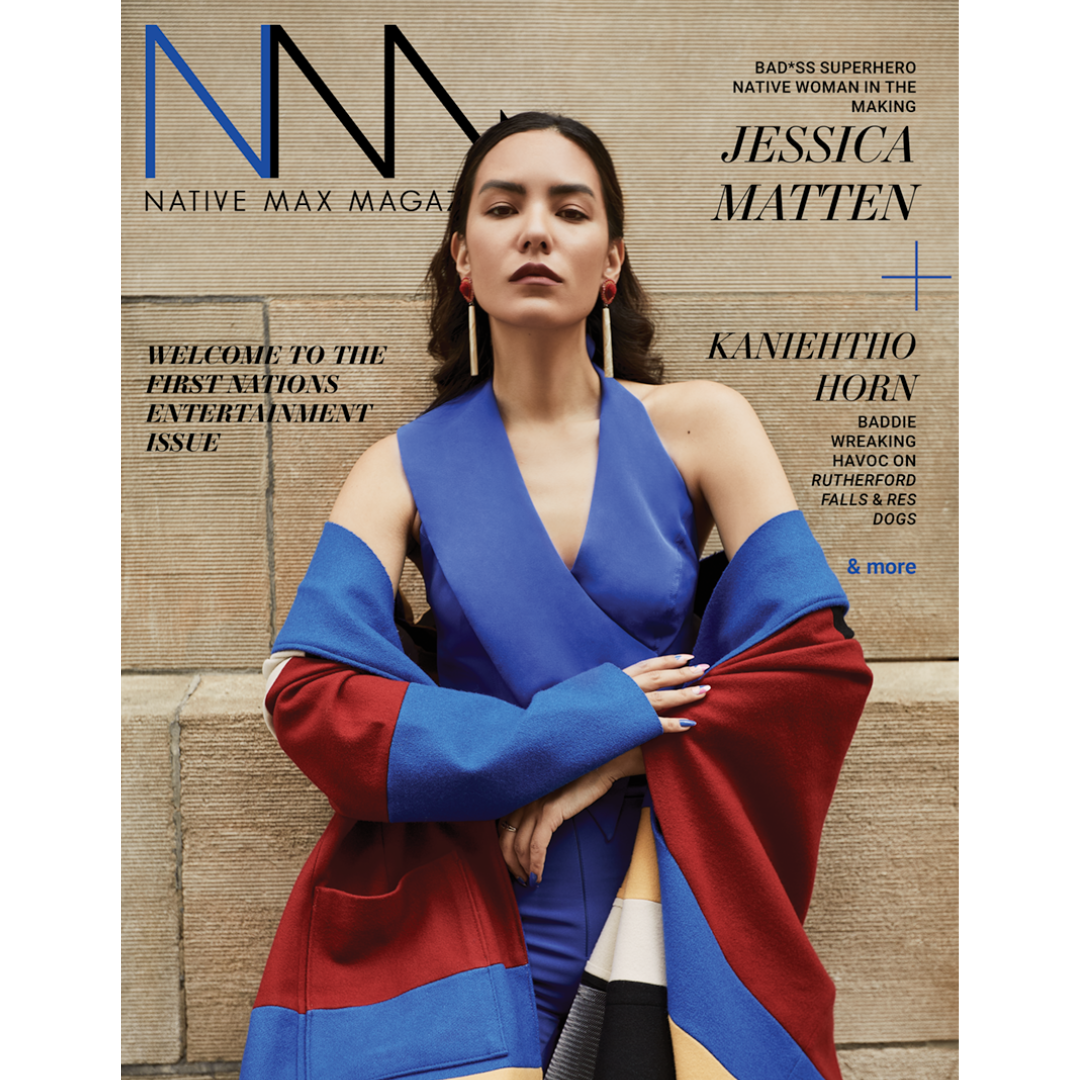Everybody’s Bolos features creations by 30 contemporary artists exploring craft, agency and gender through bolo ties. The exhibition is co-curated by metalsmith Hannah Reynoso Toussaint; metalsmith, educator and decorative arts scholar Ana M. Lopez; and jeweler, educator and curator Brian Fleetwood (Muscogee Creek Nation).
After touring to the University of North Texas Gallery and The Fuller Craft Museum, the group show lands at Hecho a Mano.
Toussaint was inspired to pursue a project on bolos after making one for her partner, who had recently come out as nonbinary. “They were really comfortable and affirmed wearing it, so I wanted to look at bolos through a wider queer lens and as a way to express genderless adornment,” Toussaint (who uses she/they pronouns) says. She approached her professor, Ana M. Lopez, about creating a series of bolo ties.
In their subsequent research, both Toussaint and Lopez encountered a dearth of information on the ornament’s history, and even less about its place in queer and nonbinary communities. Together with Brian Fleetwood, Toussaint and Lopez set out to change this. Toussaint delved into their own family history and Mexican heritage, as well as the broader history of the bolo as an accessory of the first vaqueros and the rich history of queerness throughout the Southwest and western migration through the US. “Digging up queer stories of the West, especially trans and gender nonconforming stories, was such a wonderful surprise,” Toussaint says, noting that this history subverts the narrative that being trans or nonbinary is a new concept: “A lot of queer history is erased when people in power decide to not write it down or explicitly leave it out.”
At about 100 years old, bolo ties are a relatively young jewelry form, but their brief history is significant. Fleetwood notes that bolos were almost certainly invented by Indigenous, probably Hopi, silversmiths in the American Southwest, and were swiftly adopted by Indigenous communities across North America as well as becoming a staple of Western culture. “It is, in many ways, the quintessential American jewelry form,” Fleetwood says. “I could go on and on about its appearance and use in media and pop culture, its associations with the myth of the ‘taming of the West’ and American Civil Religion, its use in various American rural cultures including its association with kitsch, camp, and gay rodeo.” The thing that surprised him most was the bolo tie’s global reach, from Teddy Boys in the UK to Japanese bolo enthusiasts.
Lopez finds the bolo tie fascinating for its liminal identity: neither a traditional necktie nor a necklace, “it has historically been adopted by the white patriarchy to conjure images of a masculine and, arguably, fictional Wild West and is now adopted by a community more accepting of the full spectrum of gender identities,” she says.
A bolo tie consists of three parts: the slide, the cord, and the tips. In the hands of these 30 artists, this deceptively simple design gave rise to a staggering range of interpretation. Using materials from Legos to packing tape, artists turned the bolo tie into an immersive kinetic experience. From mechanical components to sensory elements, their work shines a new light on bolos’ potential.
One of the show’s artists, Jerome Nakagawa, is a Diné and Japanese jewelry artist based in Santa Fe who drew inspiration from the significance of lightning on both sides of his cultural heritage in creating his bolo tie. He explains that in Japanese historic culture, lightning brings vital rain and fertilizes rice plants, but is also among the most feared deities, a trickster who often causes chaos and destruction. In Diné culture, lightning represents the physical contact between Mother Earth and Father Sky. “Lightning is the initiator of life,” Nakagawa says. Without lightning to make plants’ reproduction possible, there would be no vegetation, insects or animals.
Each of the co-curators has a piece in the show, too. Lopez’s art often takes inspiration from mechanical forms, and her bolo explores ideas of nourishment through a form based on a pneumatic dry-haul trailer. Fleetwood’s piece, titled Pvkpvke (Muscogee for flowering or blossoming), draws on his interest and experience in biology and Southeast-style abstract floral beadwork. Toussaint’s piece explores the two most gendered colors, blue and pink, through Victorian hairwork-inspired motifs and stained glass.
“To me, the goal is not to invent bolos as genderless expression; rather show that this history is already present and draw attention to those people and stories that are largely unheard,” Toussaint says. “I would like to see bolos worn in a truly genderless fashion.”
Everybody’s Bolos will open at Hecho a Mano on Friday, July 4 and will be on view until July 28, 2025.

